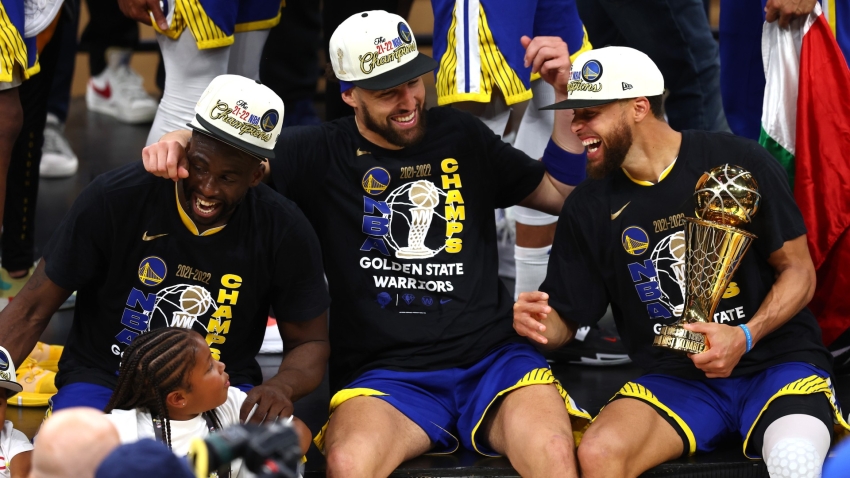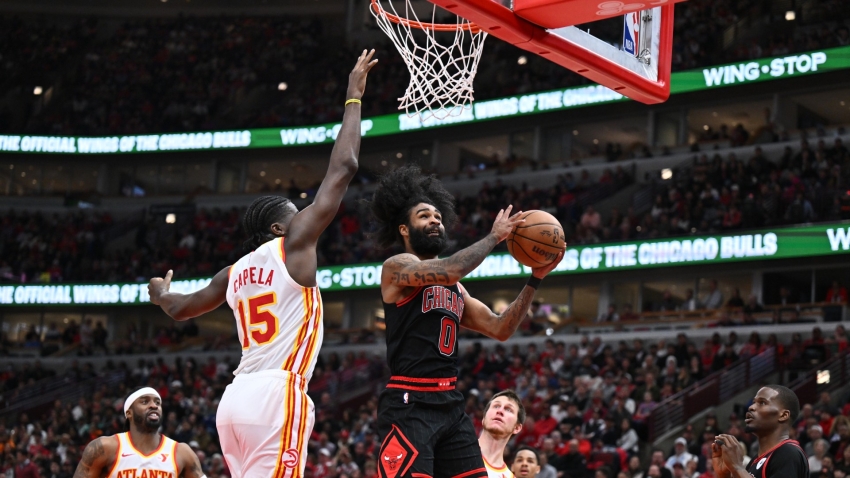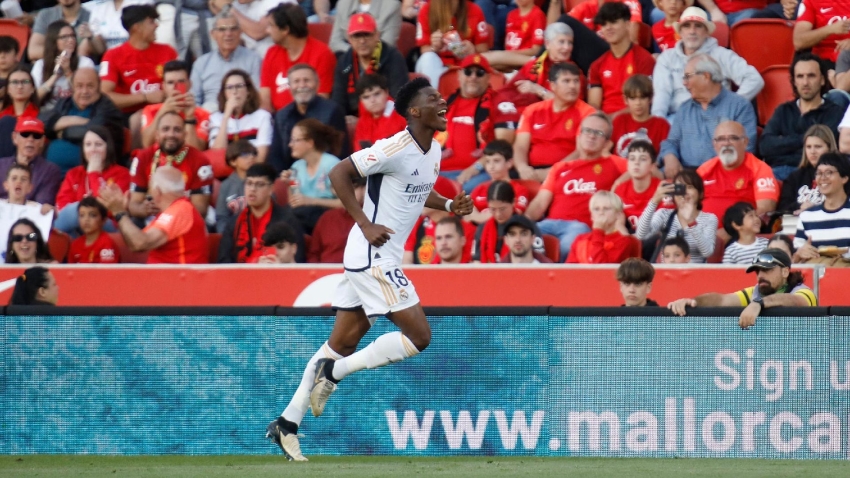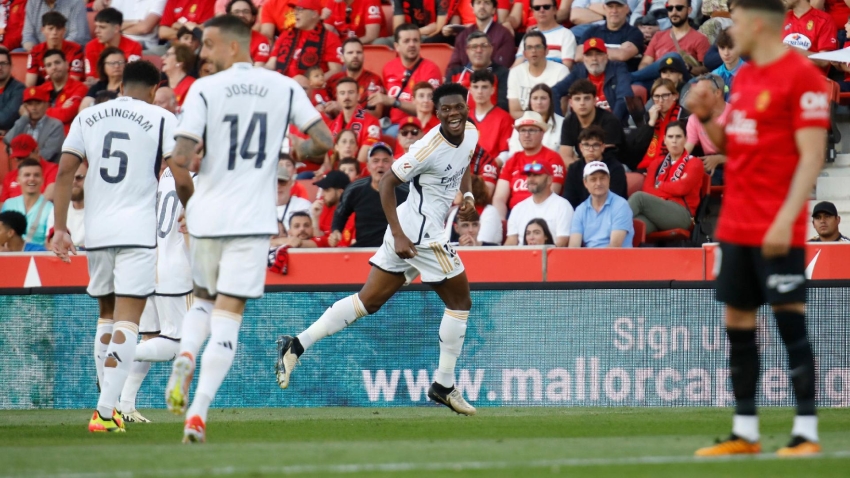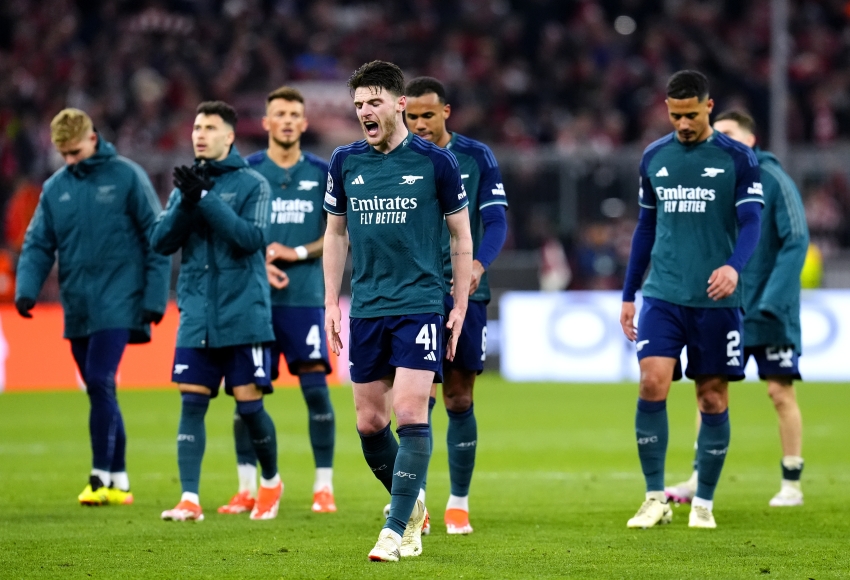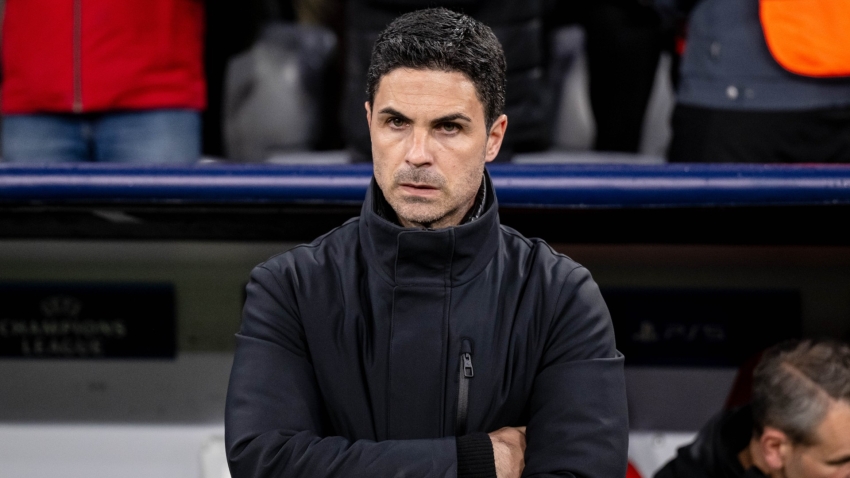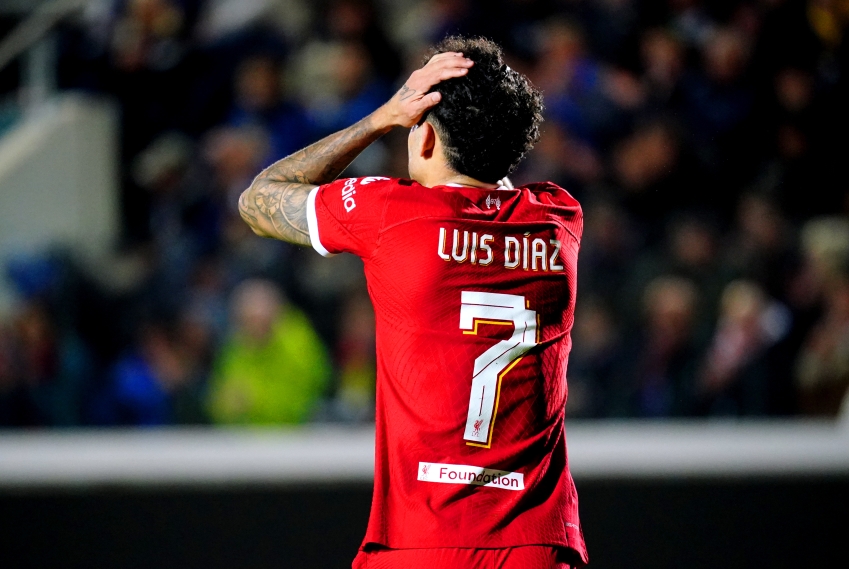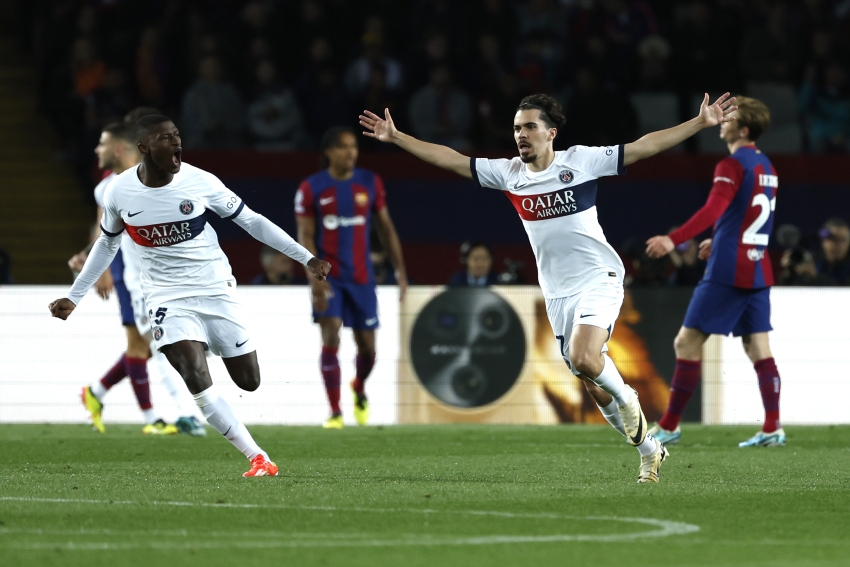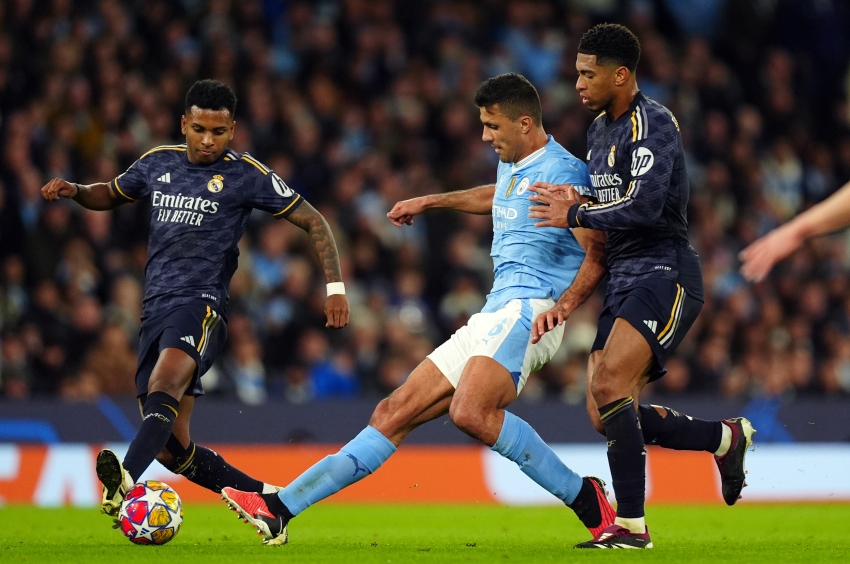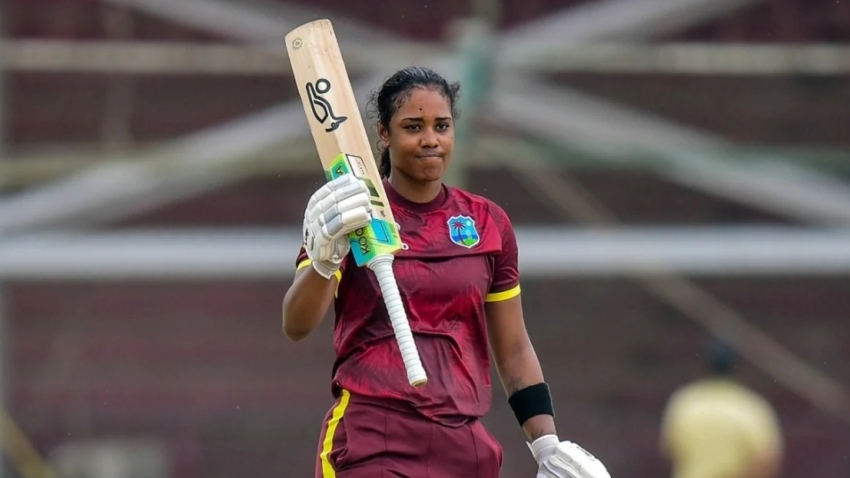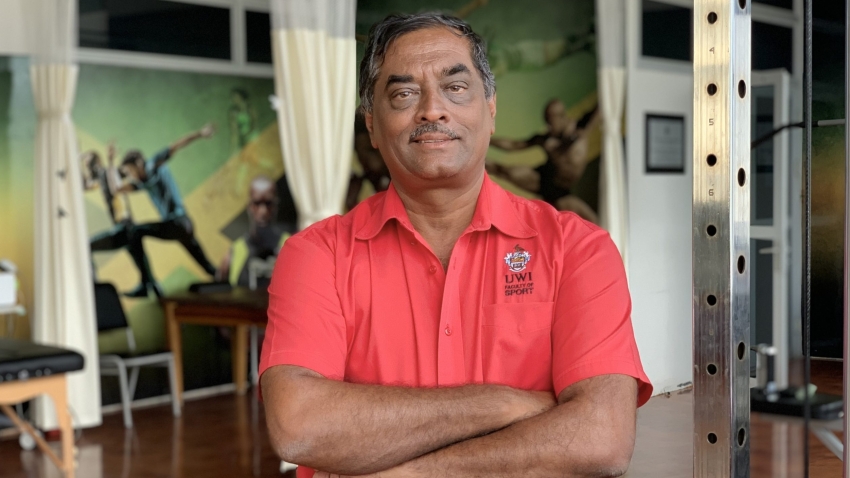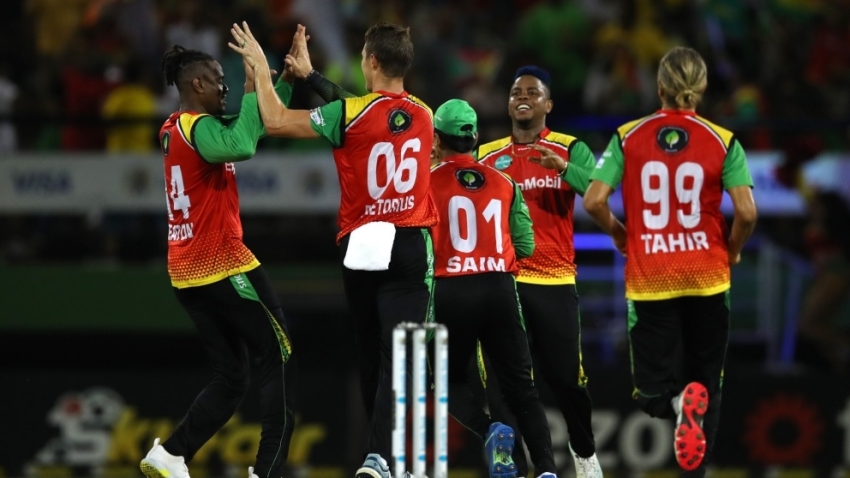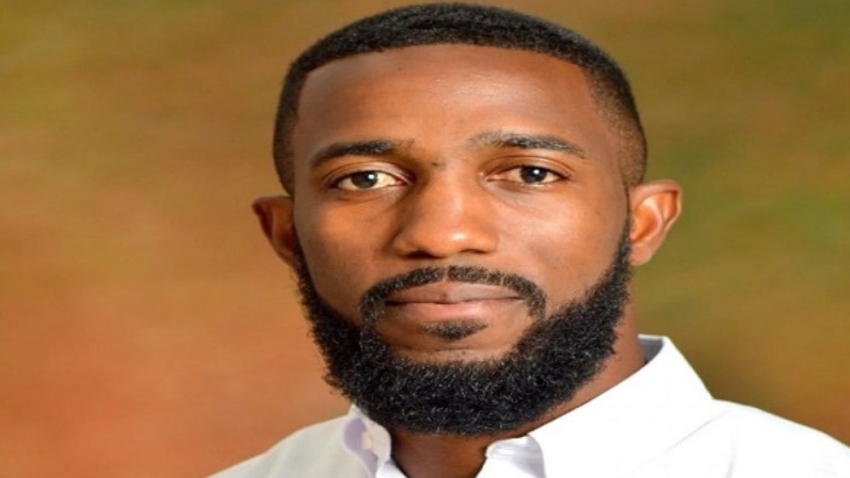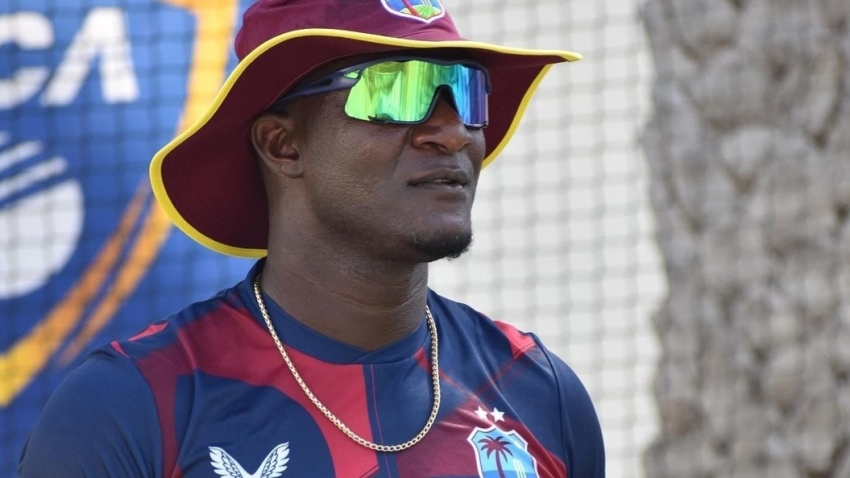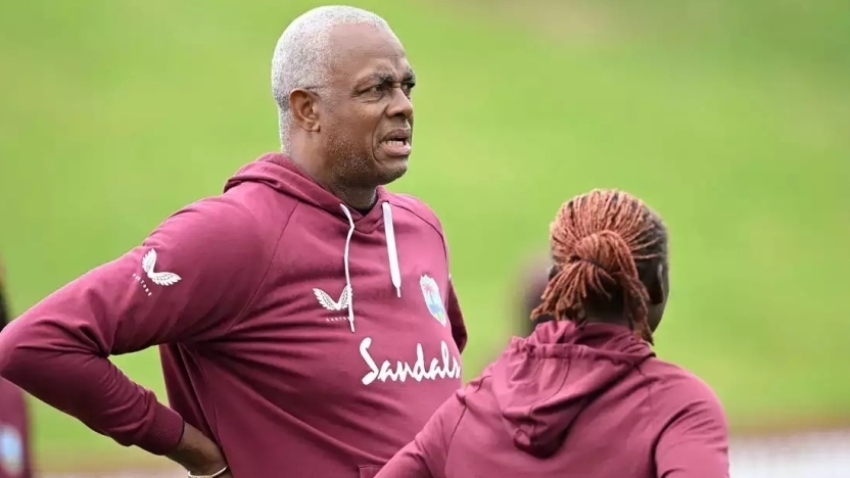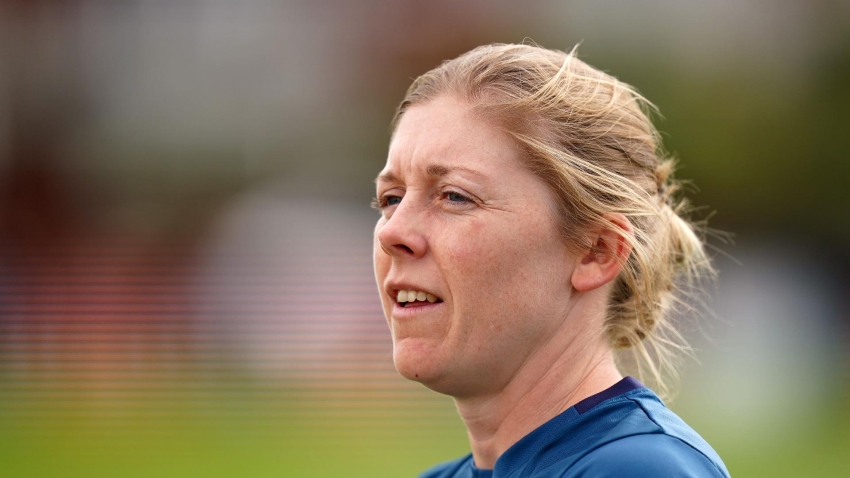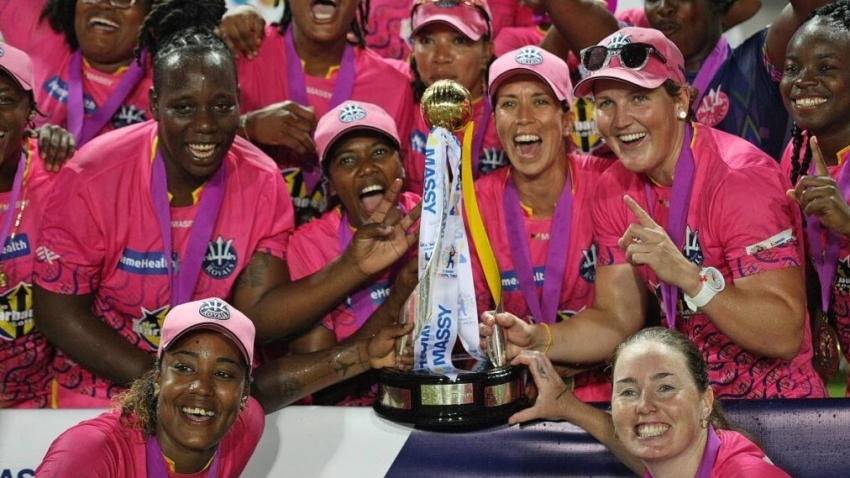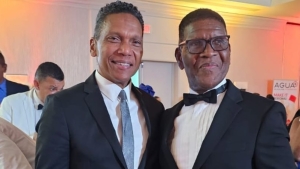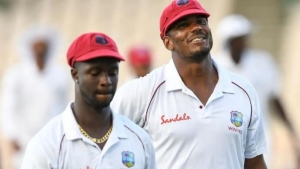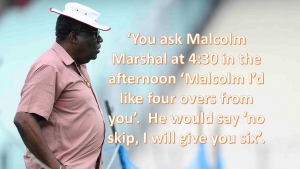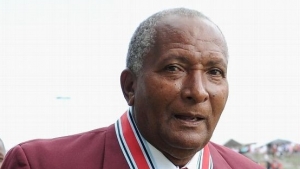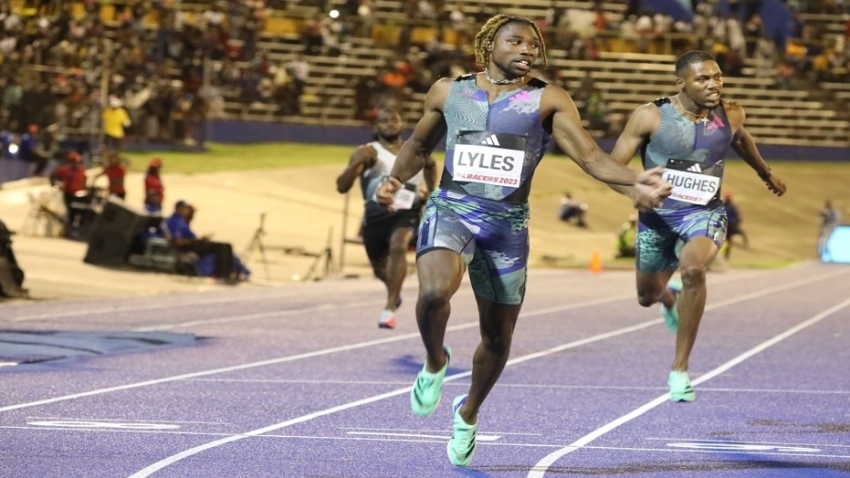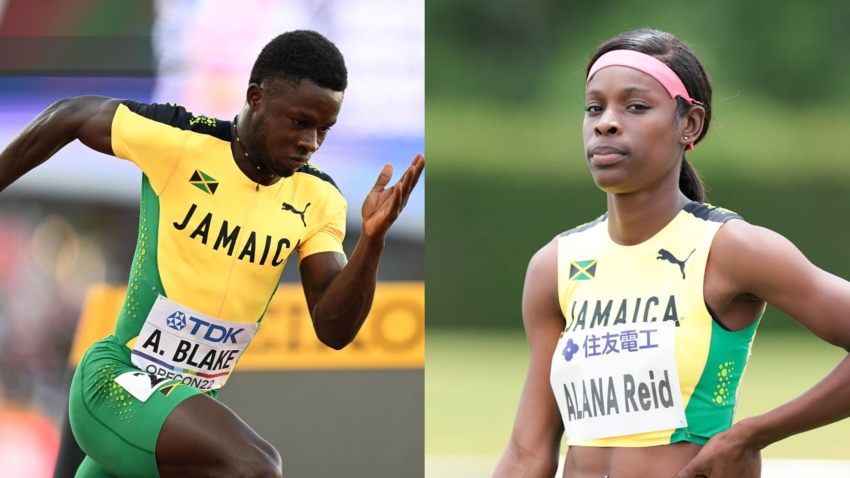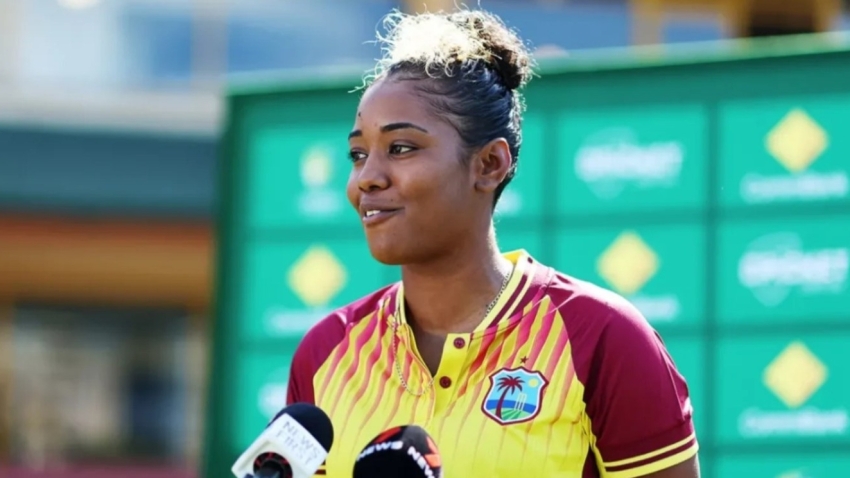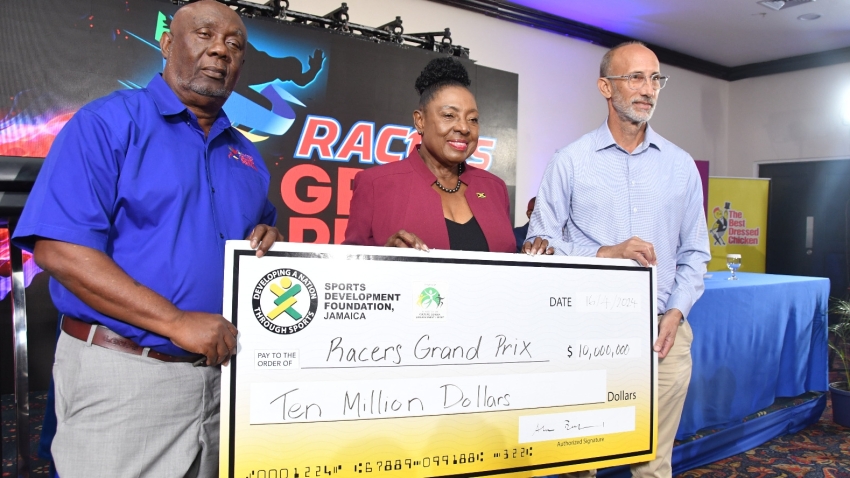Former CEO of ICC Cricket World Cup, Chris Dehring has called on the Government, Opposition, Jamaica Cricket Association and the Jamaican people to end the persecution and bring Lawrence Rowe home and give him all the honours due.
Dehring was in Broward County, Florida on Friday, one of the venues for the ICC T20 Cricket World Cup to be staged later this year, delivering the keynote address at the 50th anniversary banquet in celebration of Rowe’s epic triple century against England in 1974.
Amongst the West Indies legends present were Sir Vivian Richards, Sir Andy Roberts, Dr., the Hon. Courtney Walsh O.J., Collis King and Joel “Big Bird” Garner, all former teammates of Rowe, along with Chris Gayle and Ramnaresh Sarwan.
Rowe was one of several West Indian cricketers who were members of a rebel tour that played matches in then-apartheid South Africa in the early 1980s. Poorly paid and unable to break into a powerful West Indies side, Rowe and others like Collis King, Sylvester Clarke, Colin Croft and Ezra Moseley among others opted to earn between USD$100,000 and US$125,000 to play across two tours from 1982-83 and again from 1983-84. The participants received life bans from Caribbean cricket in 1983 and in many instances, were ostracised socially and professionally.
Dehring, in saying that it was time for Rowe to be forgiven, also lamented at where the banquet was being held.
“This banquet celebrating 50 years since the herculean triple century by one of Jamaica’s greatest sporting icons, should have been staged in Jamaica with the full and unequivocal support of the Jamaican government, cricket association and people of Jamaica. That it is being held in Florida and not in Jamaica, ironically mirrors the embarrassing fact that the T20 cricket World Cup is also being staged this year in Florida, and not in Jamaica. “Look at what we have come to!” he remarked.
He added further, his disappointment at the mural at Sabina Park celebrating some of Jamaica’s most famous cricketers with Rowe noticeably absent.
“Black South Africans forgave their oppressors years ago through their Truth and Reconciliation process. To see a mural unveiled at Sabina Park honouring 19 of Jamaica’s greatest cricketers, and no Yagga Rowe is as abhorrent to the ground he helped make famous, as it is to the glorious game itself. It is time to end this farce.”
“To put it in perspective,” he continued, “‘Jamaicans still sing, dance and celebrate to Vybz Kartel and Ninjaman music. There is no protest or public outcry when those songs play on the radio or at parties, the works of art of these convicted murderers that our children sing word for word! Yet forty years later, we are trying to erase from history the body of work of a man whose only real crime, if any, was to continue to earn an honest living in his profession, after his employers had let him go, in the only place willing to pay the value his services were worth.
“Other West Indian “rebels” went on to play again for the West Indies, even at Sabina Park, cheered on by my fellow Jamaicans; if Yagga had chosen to rob a bank, he would long have been out of jail. It’s time to let him go. Free Yagga,” the former Jamaica youth batsman concluded.


